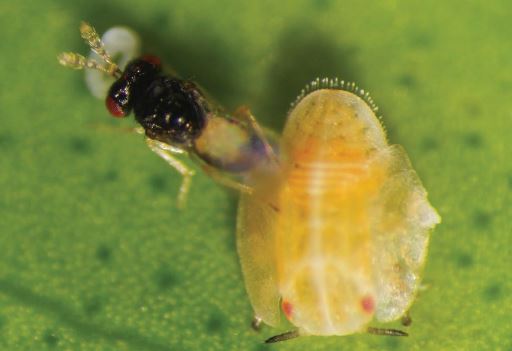
IPM is “Integrated Pest Management.”
#WhatIsIPM? IPM is any approach to pest control or management that uses the least toxic, effective method to solve pest problems, including using natural predators to manage pests, hand-pulling weeds, and using traps or baits to address pest issues. It’s about understanding the options, and keeping current with new ones as they are developed.
IPM is part of daily life at CDFA – we use it when we carefully, methodically choose which tools, methods and options to use after we detect a new pest or find a new infestation that requires our response. We have a responsibility to respond to pests, diseases and other threats to California’s agriculture and environment – and we also have a responsibility to employ IPM to protect not just our crops but also the habitat and the environment on and around the working lands of California agriculture. IPM helps us ensure the safety and effectiveness of this important work.
IPM is why we use sterile fruit flies as the primary tool in response to Mediterranean fruit fly infestations in California. It’s why we release tiny, parasitic wasps that very specifically target pests including the glassy-winged sharpshooter, a tremendous threat to California’s vineyards. IPM is why we carefully schedule pesticide treatments to protect pollinators and other “good bugs.” IPM is also why we constantly evaluate and consider newly developed pesticide products and other alternatives when we need to use these tools.
IPM is an integral part of each pest response program that CDFA initiates – and it even starts before that: IPM also helps us improve the traps and other detection methods we depend upon to find destructive agricultural and environmental pests in the first place. When we use IPM to guide our decisions, we can consider and update the kinds of lures and technologies we use in our trapping, detection and survey operations.
Join CDFA, farmers, ranchers, our partners at the Department of Pesticide Regulation @CAPesticides, and other environmentally conscious organizations throughout California in celebrating IPM month by considering alternative methods, products and solutions whenever you have a pest problem.




